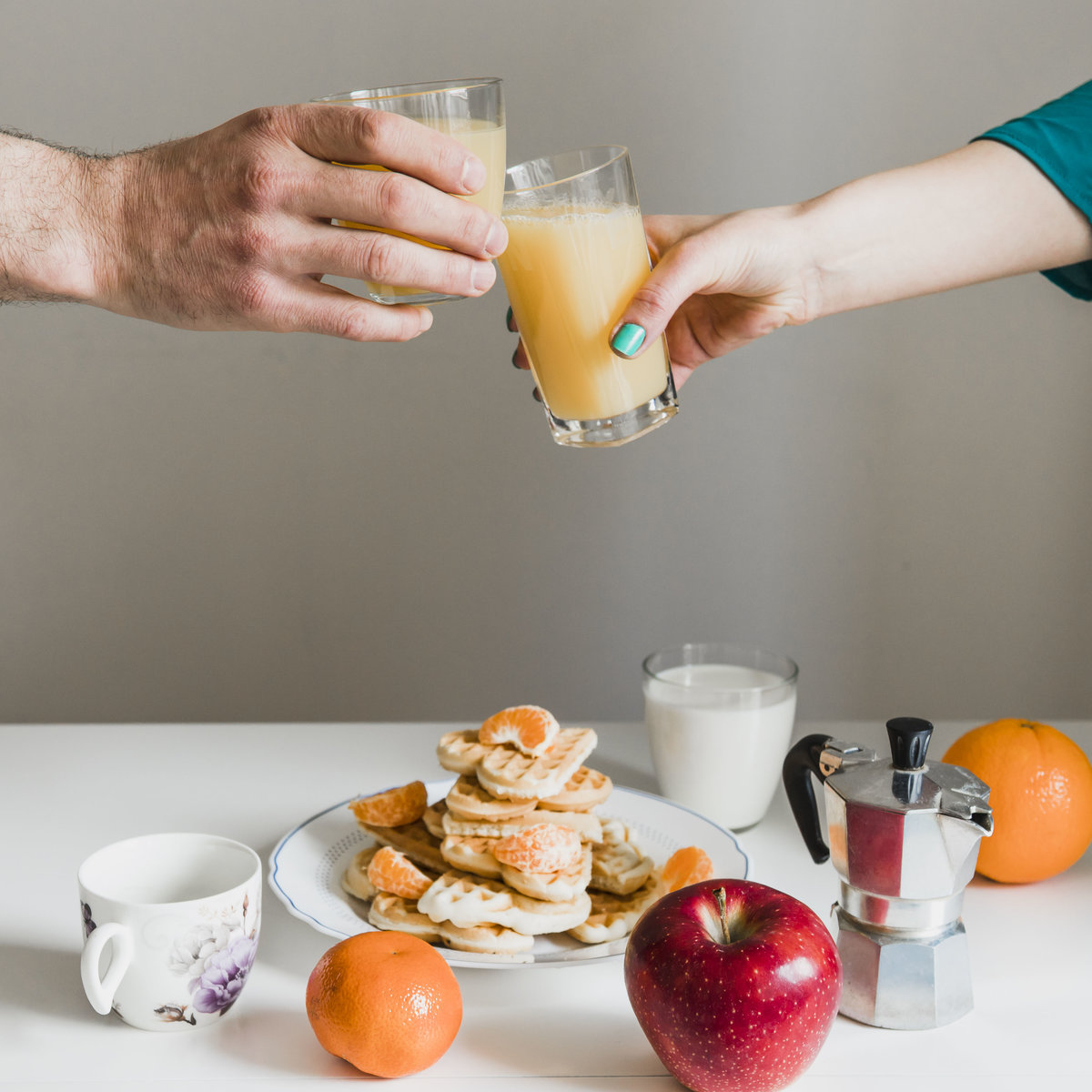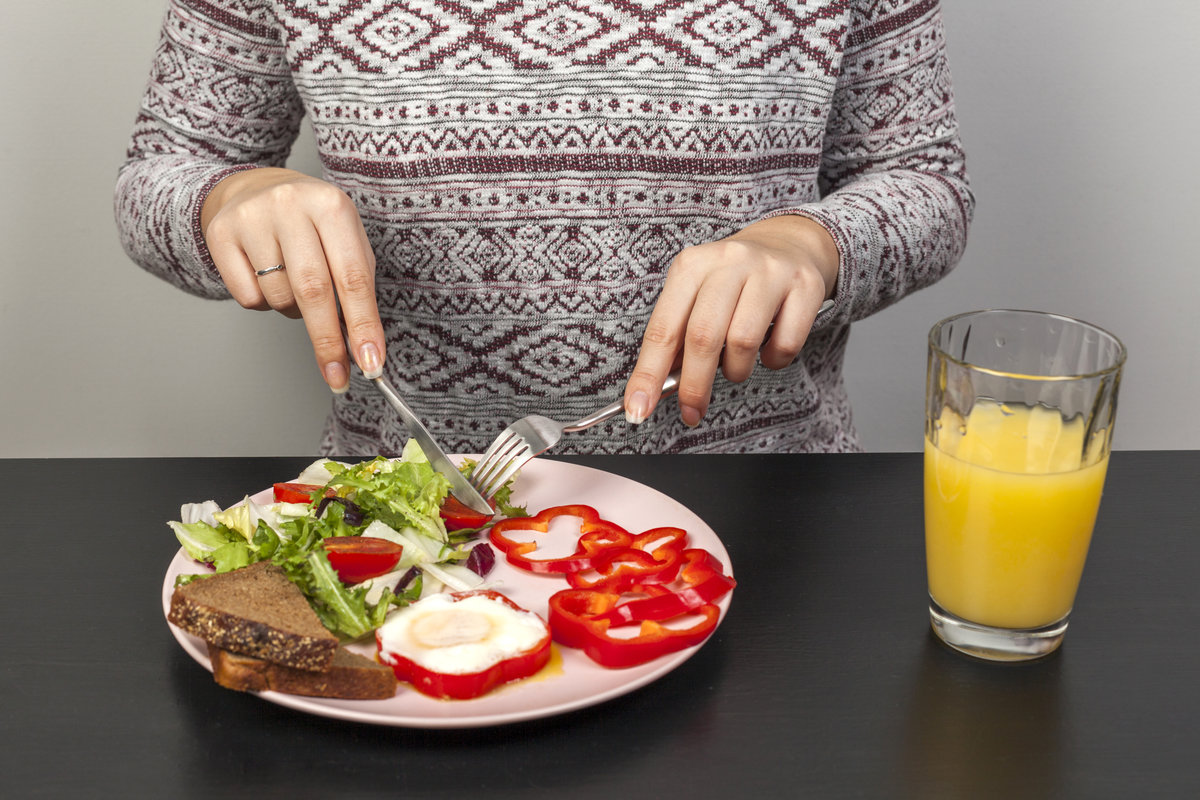A legacy of innovation, quality, and culinary experience.
Read our NewsletterLearn what to eat or drink during intermittent fasting. Get tips on safe foods, drinks, and smart meal choices to stay on track and maximize the benefits of fasting.
Intermittent fasting (IF) is a structured eating approach that alternates between designated periods of eating and fasting. Common methods include the 16:8 plan, the 5:2 method, and alternate-day fasting. While IF doesn’t prescribe what to eat, it does focus on when to eat.
Being conscious of what you consume during fasting periods is essential. Some foods and drinks may trigger insulin spikes, potentially breaking your fast and reducing key benefits such as improved fat burning and better blood sugar control.

During fasting periods, it's important to stay hydrated with drinks that won't break your fast. Options like water, herbal teas, and black coffee can support hydration without interfering with your fasting goals.
Water is vital during any fasting routine. It keeps you hydrated, supports digestion, and helps maintain energy levels. Whether it’s still, sparkling, or mineral water just make sure it’s free of sweeteners and additives.
Unsweetened coffee and tea can help suppress appetite during fasting hours. For a flavorful twist, a cup of Adani Tea served without milk or sugar delivers antioxidants and boosts mental clarity.
A splash of apple cider vinegar or Sugar Cane Vinegar in water is a popular digestive aid. Just ensure it's free from added sugars to avoid breaking your fast.
Although zero-calorie drinks may not contain energy, many include artificial sweeteners that could affect insulin levels or cravings. Use them with caution and avoid relying on them too heavily.

During eating windows, focus on nutrient-dense foods that fuel your body, like whole grains, lean proteins, and vegetables. Avoid highly processed or sugary foods to maintain energy and maximize the benefits of your eating window.
After hours without food, ease your body back into digestion. Light options like Golden Corn or a soft-boiled egg are excellent first meals to avoid digestive discomfort and energy crashes.
Meals built around whole, nutrient-rich foods are key. For example, pairing lean protein, greens, and a serving of Fava Beans gives your body sustained energy and helps maintain balanced blood sugar levels.
While condiments enhance flavor, it’s important to choose wisely. Opt for low-sugar, healthy-fat condiments and avoid dressings high in additives or sugar.
Carbs can fit within an IF lifestyle especially complex ones. Consider combining whole grains or Pasta Penne Rigate with vegetables and a rich sauce made using Whole Peeled Tomatoes for a balanced and satisfying meal.
Certain foods and drinks can break your fast by triggering an insulin response or adding calories. It's best to avoid sugary beverages, dairy, and high-carb foods during fasting periods to maintain the benefits of fasting.
Adding sugar, flavored creamers, or Sweet Condensed Milk to your coffee may seem minor, but it introduces calories that can disrupt your fast. Stick to black or unsweetened drinks during fasting hours.
Nut butters are calorie-dense and will break your fast if consumed outside your eating window. Even a spoonful of Creamy Peanut Butter adds enough calories to interfere with fasting benefits, so enjoy it with fruit during your meal period.
Be aware of high-calorie sauces and condiments. Even small servings of rich dressings or dips can add up. Save them for your eating window to avoid accidentally consuming calories during your fast.
Managing hunger and cravings during fasting can be challenging, but staying hydrated and incorporating fiber-rich foods can help. Mindful distractions and balanced meals during eating windows also make a big difference in curbing cravings.
Hunger is often psychological or due to dehydration. Stay mentally engaged and drink plenty of water. During eating windows, try a glass of Sparkling Apple Nectar to satisfy sweet cravings in a controlled way.
Drinks like unsweetened herbal teas and Instant Coffee are excellent tools to suppress appetite during fasts. They provide a gentle energy boost and help reduce hunger signals.
Having meals prepped in advance helps you stay on track. Keep a batch of cooked Fava Beans or a pasta dish with tomato-based sauce ready, so impulsive, unhealthy choices do not tempt you.
There are many myths surrounding intermittent fasting foods, often leading to confusion about what’s truly allowed. Understanding the science behind fasting helps debunk misconceptions and ensures you make informed choices.
Many drinks labeled "zero-calorie" use sweeteners like sucralose or aspartame, which may still influence insulin response or create sugar cravings. Always check ingredient labels carefully.
Even healthy snacks, such as trail mix or a spoonful of Creamy Peanut Butter, contain calories that can break your fast. Keep all snacking within your eating window.
Fermented vegetables like pickles and jalapeños can be okay in small amounts during a fast, provided they’re sugar-free and free from calorie-heavy brines. Still, monitor portion sizes to avoid bloating.
Intermittent fasting can be tailored to fit various lifestyles, offering flexibility in meal timing and food choices. Whether for weight management, improved energy, or overall health, it can seamlessly integrate into daily routines.
Start your day with black coffee or Adani Tea, then break your fast at lunchtime with lean protein, fresh vegetables, and complex carbs.
Fasted workouts can increase fat burning. After training, refuel with complex carbs, proteins, and a hot cup of Instant Coffee to keep energy levels high and mental focus sharp.
For family meals, prepare dishes that work for everyone and your IF plan. Meals with Whole Peeled Tomatoes, spices, and lean proteins offer flavor and nutritional balance.
Yes, you can drink black coffee during fasting hours. Avoid adding sugar, cream, or sweetened condensed milk, as these can break your fast by introducing calories.
Not always, but many contain artificial sweeteners that may affect insulin levels or increase cravings. Use them sparingly and opt for plain water, sparkling water, or herbal teas when possible.
Start with light, easy-to-digest foods like soft-boiled eggs or Golden Corn. Gradually move to nutrient-rich meals with lean proteins, complex carbs, and healthy fats to avoid energy crashes or digestive discomfort.
Yes, apple cider vinegar and sugar cane vinegar (without added sugar) can be diluted in water and consumed during fasting. They may even support digestion and appetite control.
Yes. Even a small amount of Creamy Peanut Butter contains enough calories to break a fast. It’s best enjoyed during your eating window alongside fruits or whole grains.
Intermittent fasting is a powerful lifestyle tool, but its effectiveness depends on making informed decisions about what you consume. Whether it’s breaking your fast with Golden Corn, enjoying Fava Beans during your meal, or sipping Adani Tea during fasting hours, smart choices lead to sustained success.
Avoid common pitfalls, such as adding sweet condensed milk to your coffee or sneaking in Creamy Peanut Butter during a fast. Instead, focus on nutrient-dense foods and beverages to stay energized, nourished, and on track.